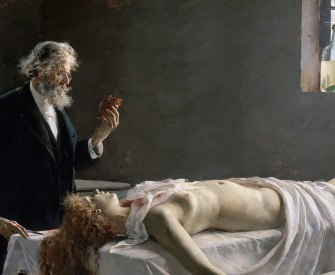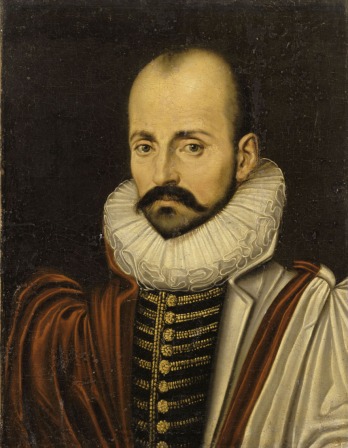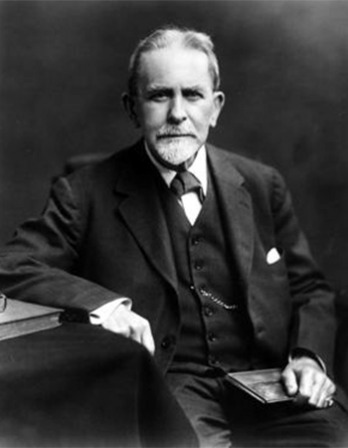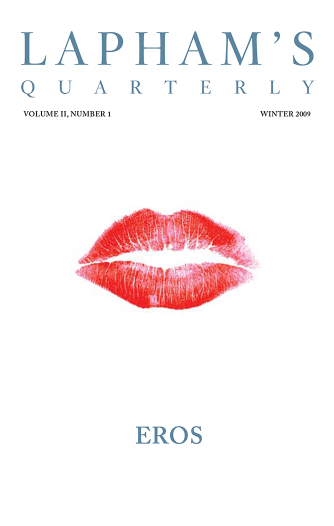As with the artificial ornaments used by savage and civilized men, so with the natural ornaments of birds, the head is the chief seat of decoration.
The plumes on the front or back of the head consist of variously shaped feathers, sometimes capable of erection or expansion, by which their beautiful colors are fully displayed. Elegant ear tufts are occasionally present. The head is sometimes covered with velvety down, or is naked and vividly colored. The throat, also, is sometimes ornamented with a beard, wattles, or caruncles. Such appendages are generally brightly colored, and no doubt serve as ornaments, though not always ornamental in our eyes; for while the male is in the act of courting the female, they often swell and assume vivid tints.
Ornaments of all kinds are sedulously displayed by the males, and apparently serve to excite, attract, or fascinate the females. But the males will sometimes display their ornaments when not in the presence of the females, as may be noticed with the peacock; this bird, however, evidently wishes for a spectator of some kind and, as I have often seen, will show off his finery before poultry, or even pigs. All naturalists who have closely attended to the habits of birds are unanimously of opinion that the males take delight in displaying their beauty.
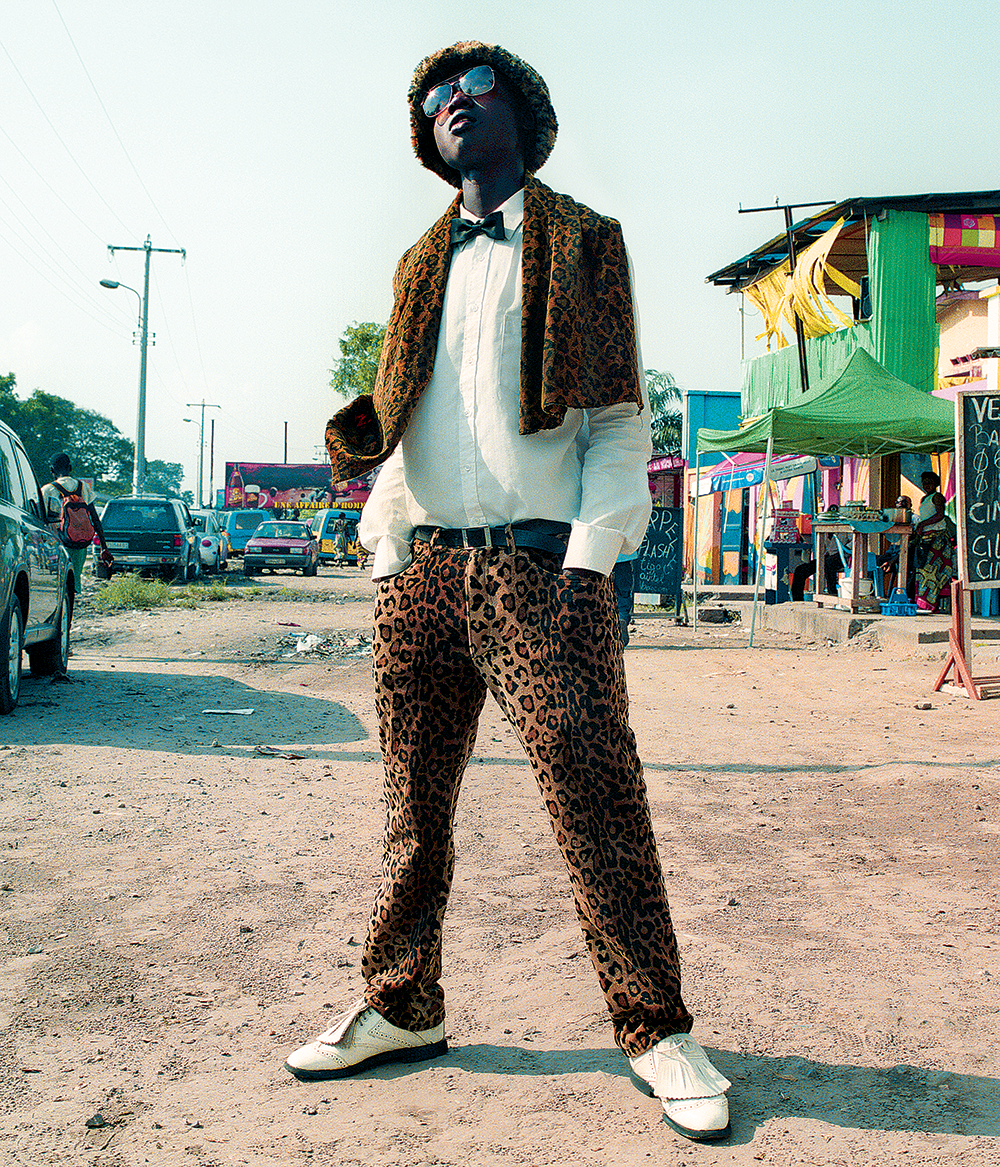
Kinshasa posse #2, from the series Sapeur, by Jackie Nickerson, 2011. © Jackie Nickerson. Courtesy the artist and Jack Shainman Gallery, New York.
Sufficient facts have been given to show with what care male birds display their various charms, and this they do with the utmost skill. While preening their feathers, they have frequent opportunities for admiring themselves, and of studying how best to exhibit their beauty. But as all the males of the same species display themselves in exactly the same manner, it appears that actions, at first perhaps intentional, have become instinctive. If so, we ought not to accuse birds of conscious vanity; yet when we see a peacock strutting about, with expanded and quivering tail feathers, he seems the very emblem of pride and vanity.
From The Descent of Man and Selection in Relation to Sex. In 1831, at the age of twenty-two, Darwin set sail on the HMS Beagle on a voyage that lasted five years, during which time he found in the Brazilian rain forest “a chaos of delight” and encountered iguanas and tortoises on the “frying hot” Galapagos Islands. “The sight of a feather in a peacock’s tail,” he wrote to his friend Asa Gray in 1860, one year after publishing On the Origin of Species, “whenever I gaze at it, makes me sick!”
Back to Issue


